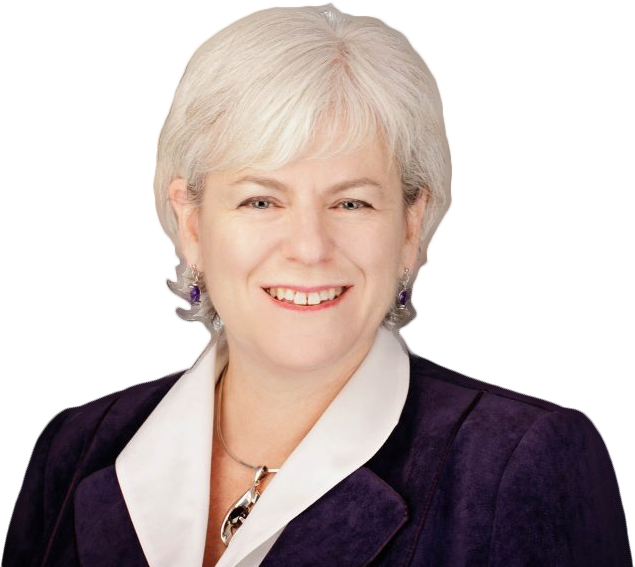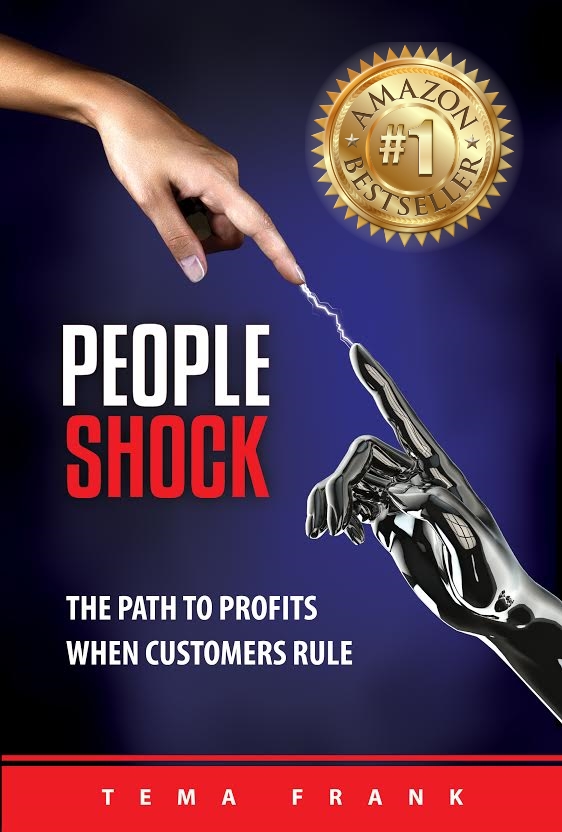To Serve Your Customers Better, Know Yourself Better
Not Your Usual Podcast Episode Today’s episode has two very different parts: First, I fill you in on changes in my thinking and plans for the coming year. I apply the 1st P of Profit (Promise) to myself and what I am offering to you, my customers, listeners & readers. Then my interview with David…









